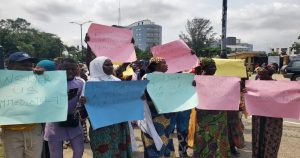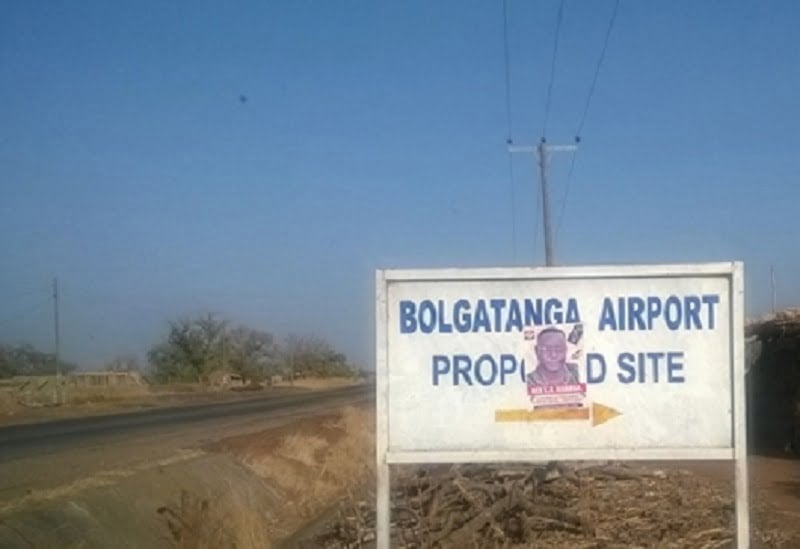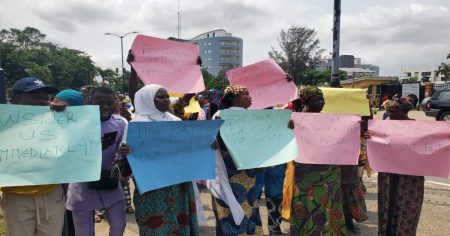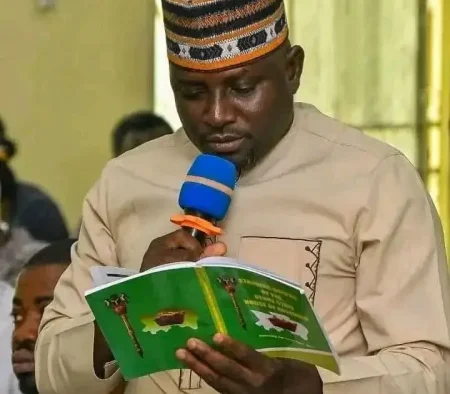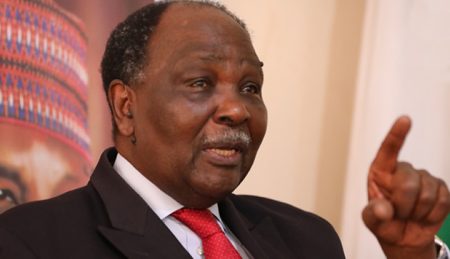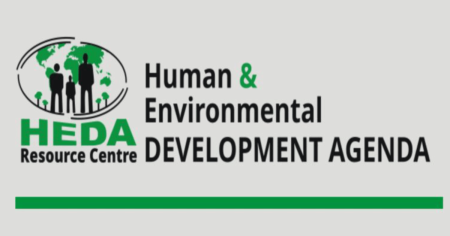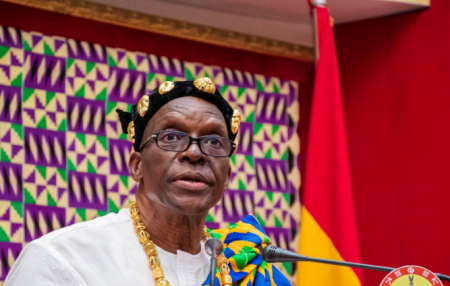The Ghanaian Ministry of Transport has embarked on a significant infrastructural development program aimed at modernizing the nation’s transportation sector. Central to this initiative is the construction of a new airport in Bolgatanga, located in the Upper East Region. This project aligns with President John Dramani Mahama’s vision to enhance Ghana’s transportation network through substantial investments in infrastructure, service improvements, and strengthened regulatory frameworks. The announcement, made by Transport Minister Joseph Bukari Nipke, signifies a crucial step towards improving regional connectivity and fostering economic growth in the northern part of the country. The Bolgatanga airport project is expected to significantly improve access to the region, facilitating trade, tourism, and overall development.
The development of the Bolgatanga airport forms part of a broader strategy to upgrade Ghana’s aviation infrastructure. This includes ongoing work at two of the nation’s primary airports: Kumasi’s Prempeh Agyemang I International Airport and Accra’s Kotoka International Airport. At the Kumasi airport, the runway is being extended to accommodate medium-sized aircraft, enhancing its capacity and allowing for more diverse flight operations. This expansion is expected to boost regional air travel within Ghana and potentially to neighboring countries, further promoting economic integration and facilitating movement within West Africa.
In Accra, the Kotoka International Airport, the nation’s busiest air transport hub, is undergoing reconfiguration. Terminal 2 is being modified to handle both domestic and international passengers, a move aimed at optimizing operational efficiency and mitigating congestion. By streamlining passenger flow and consolidating services, the redesigned terminal will improve the overall passenger experience and enhance the airport’s capacity to handle increasing traffic volumes. This improvement is vital for maintaining Ghana’s standing as a key aviation hub in the region and supporting the growth of its tourism and business sectors.
Beyond aviation, the Ministry of Transport is also prioritizing railway development as a critical component of its modernization efforts. Work has resumed on the Western Railway line, specifically the section spanning from Manso to Huni Valley, a project that had been temporarily suspended. This railway line is crucial for the transportation of goods and people, particularly supporting industries such as mining and agriculture. The revitalization of this railway link will improve connectivity between regions, reduce reliance on road transport, and contribute to a more efficient and sustainable transportation system.
The simultaneous pursuit of these airport and railway projects underscores the government’s commitment to a comprehensive overhaul of Ghana’s transport sector. These investments are not merely focused on physical infrastructure but also encompass broader objectives of service enhancement and regulatory strengthening. The modernization agenda seeks to create a more integrated, efficient, and reliable transportation network that can effectively support Ghana’s economic growth and development ambitions. The improved infrastructure will facilitate trade, tourism, and the movement of people, contributing to greater economic opportunities across the country.
By investing in both air and rail infrastructure, the government aims to create a more balanced and robust transportation system that caters to diverse needs and promotes regional equity. The new airport in Bolgatanga, the runway expansion in Kumasi, the terminal reconfiguration in Accra, and the revitalization of the Western Railway all contribute to a more interconnected and accessible Ghana. These projects represent a significant step towards achieving the government’s vision of a modernized transportation sector that can effectively support the country’s long-term economic and social development goals.


